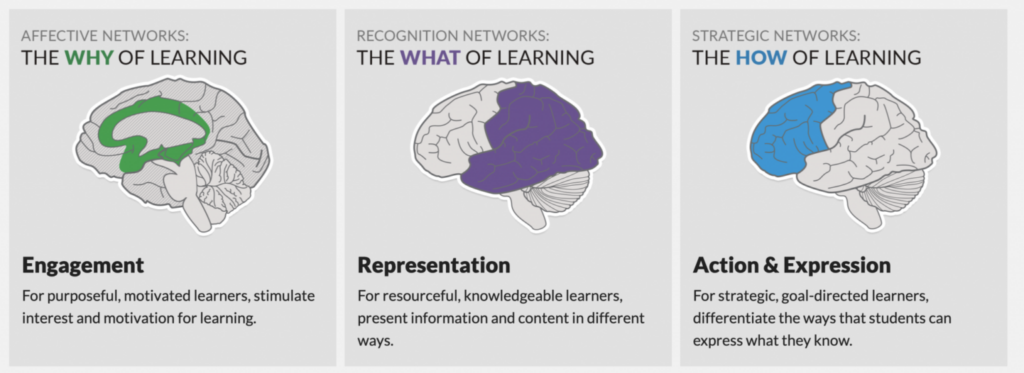Web Accessibility
“The power of the Web is in its universality. Access by everyone regardless of disability is an essential aspect.” -Tim Berners-Lee, W3C Director and inventor of the World Wide Web The Web is fundamentally designed to work for all people, whatever their hardware, software, language, location, or ability. When the Web meets this goal, it … Read more











